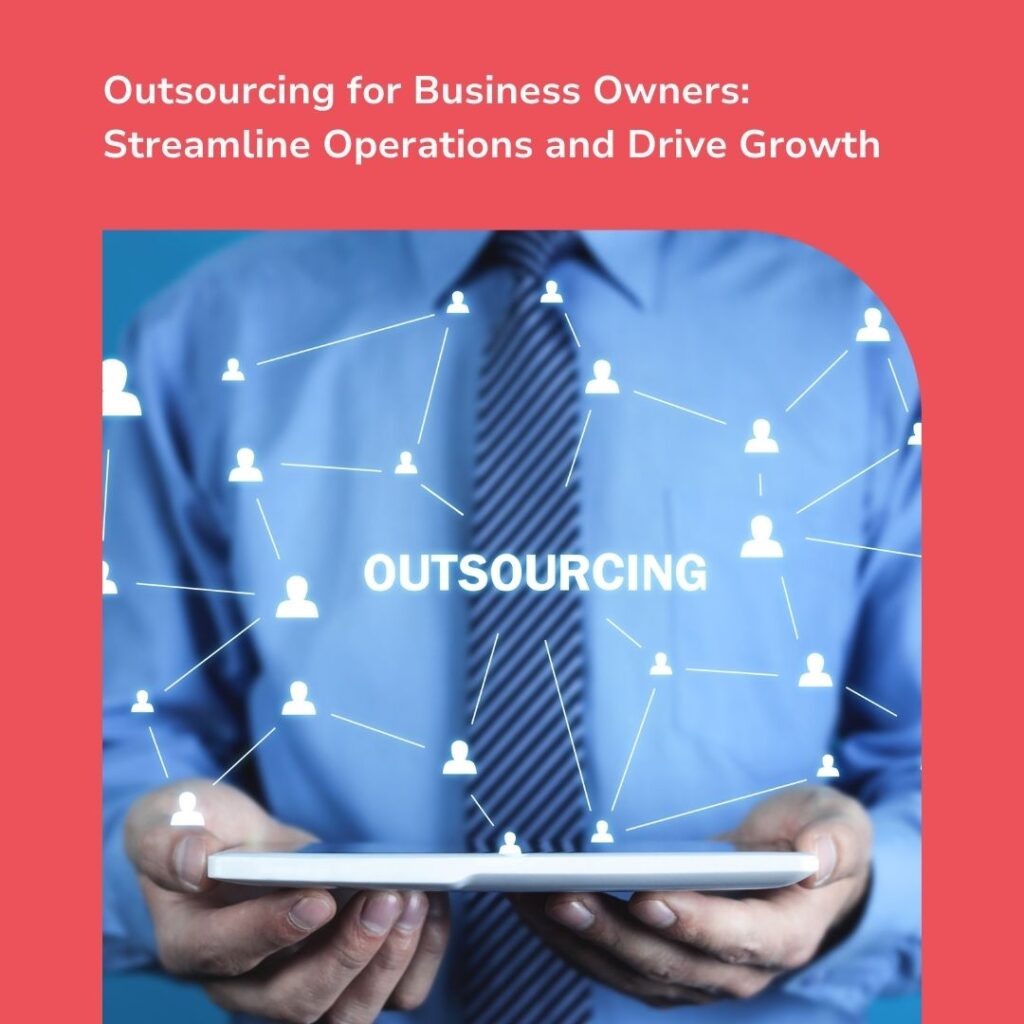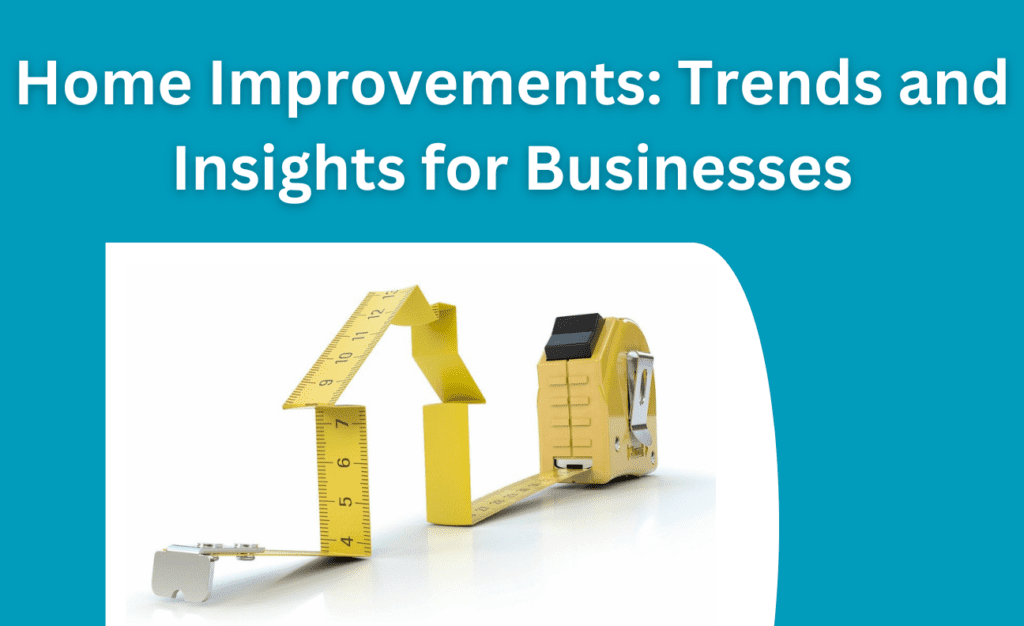In order to improve sales forecasting accuracy, it is important to have a CRM system in place.
A CRM (customer relationship management) system will help you keep track of your customers and their buying patterns. This information can be used to create more accurate sales forecasts.
In this blog post, we discuss how a CRM system can help you improve your forecasting accuracy.
About Sales Forecast Accuracy
The closer you come to hitting your forecast, the more accurate your forecasts are.
The more precise your forecast is, the more room a firm has to rationally invest in development or cut spending if necessary.
The higher your sales projection accuracy, the less prone a company is to have problems with delayed orders or inventory fluctuations.
Here’s how you can improve your sales forecasting.

Identify Common Mistakes
A sales forecast is always a moving target, but most businesses typically under-forecast or over-forecast them, both of which lead to difficulties.
You want to make sure you’re making decisions based on realistic, measurable data so you can expand the company with confidence.
Apart from the general mistakes: skills of the people involved, tracking of processes, measurement errors, and subjectivities, inaccurate sales forecasts typically stem from the following sources:
- Ignoring Historic Data
- CRM Capabilities
Tackle Reporting Issues & Automate where Possible
If you are still using spreadsheets and mere verbal communication as the sources for forecasting, you have some deeper issues to tackle before your sales forecasting can be worked upon for improved accuracy.
Most probably, you are facing issues with how your CRM systems are being applied.
Every team member must update the CRM on a regular basis, and if any data in it is outdated when you pull your report, your insights will be incorrect.
If, and understandably, manual updating of information on the CRM system feels like a chore, you have the option to work on automating most of the data collection, with a bit of AI help.
Newer AI-powered tools gather a significant amount of activity data so that team members don’t have to and the forecast is automatically rolled up in real time.
It not only saves time for team members, but it also guarantees data quality and allows executives and salespeople to trust the numbers they’re seeing.
The team members can make their prediction confidently, and the manager may confirm or modify it based on his team, territory, or other known factors.
A real-time automated forecast would then combine the call in real time. There will be no more spreadsheets or long forecasting conversations.
Automated reporting allows the operations team in the back office to save time by eliminating operational spreadsheets and ad-hoc report production.
Then, if you want to go to the next level, your forecasting needs to take a predictive shape.
Predictive reporting makes use of AI and machine learning to forecast future sales based on previous data.
The most sophisticated technologies use time series databases that may track data at scale at any moment it is updated and analyse change over time to produce insights.
Eliminate the Need to Guess
Qualitative sales projections, rather than real numbers that haven’t yet been produced, are frequently used by early stage organisations and startups.
Qualitative sales prognosis is generally done by analysing the expected number of clients you expect in a given period who will pay a particular price.
If you only have one sales person or don’t even have a sales team yet, closing hundreds of large business deals is unrealistic, let alone predicting your revenue.
When making a quantitative forecast, it might be difficult to consider all of the variables involved in a transaction, such as how many sales your team can realistically complete.
So, your only true option is to go for a quantitative analysis.
A quantitative sales forecast is built based on your existing data in a CRM or other systems. There are, however, a few drawbacks to consider.
Your quantitative forecast might be as much of a crapshoot as your qualitative forecast if your CRM is clogged with unclean data or if your staff doesn’t execute the defined sales process.
To become more accurate with your forecasts here, you need to:
- Clearly define your sales process
- Ensure your team follows the process
- Integrate available technology where possible to make data recording, tracking, processing, and reporting easier. Again, this step can be taken with the right CRM system in your business.
Keep Your Processes Up to Date
Let’s talk about how you can improve the accuracy of your forecasting after you’ve discovered where you may be making errors, what types of reporting you currently use, and how you implement sales forecasting predictions.
Keep an eye on what has been changing, which can include:
- The buyer journey
- Changing of revenue models for your business
- Available initiatives and strategies to allow internal enhancements
Track Added Factors that can Impact Your Forecasting
As you can imagine, there are further internal and external factors that can impact the accuracy of your sales forecast. Logically, you should keep an eye out for such factors, which generally includes but is not limited to:
- Changes in the team
- Policy and regulations changes
- Economic changes
- Market and competition changes
- Seasonality, if your business is seasonal
All in all, your data collection should consider internal and external factors.









